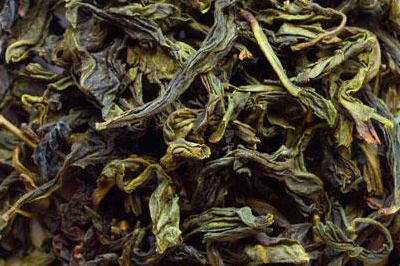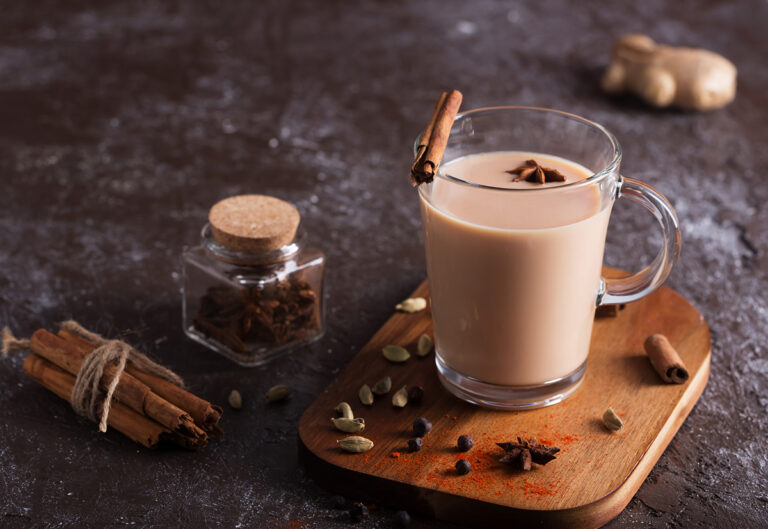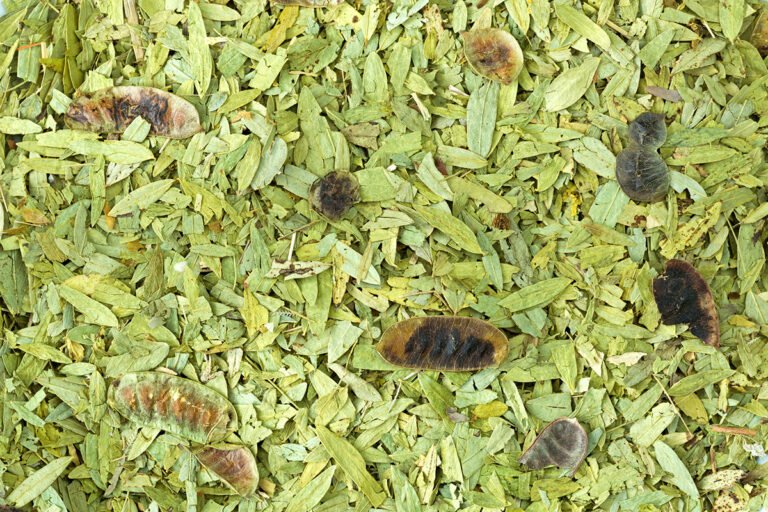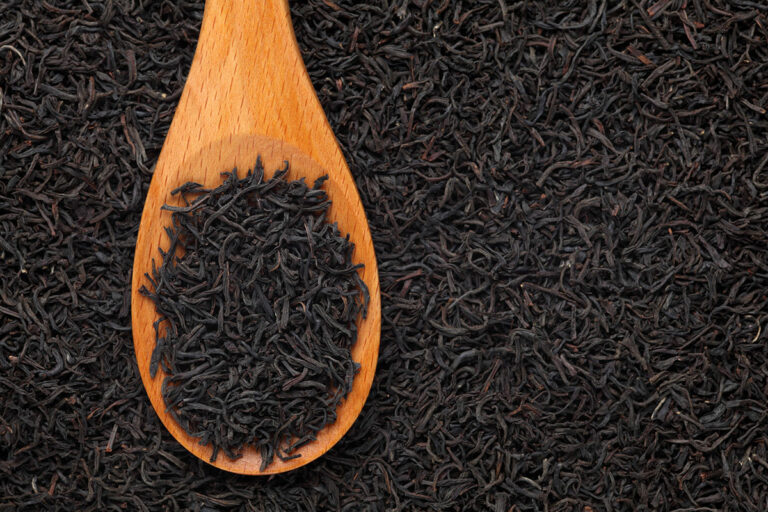How to Make Strong Tea
Are you a tea enthusiast seeking a more robust cuppa? You’re in the right place!
In this article, we will cover what strong tea is and share eight helpful tips on how to brew a powerful, flavorful cup without making it bitter. We will also answer some frequently asked questions about strong tea at the end of the article.

What Is a Strong Tea?
Strong tea refers to tea that has a robust flavor and, often, a higher caffeine content. It is not simply about the intensity of the taste, but also the richness and depth of flavor that comes from the tea leaves.
Strong tea is ideal for those who enjoy a bold, satisfying brew that can invigorate and refresh the senses.
8 Tips on How to Brew Strong Tea but Not Bitter
Brewing strong tea can be a bit of a balancing act, as it’s essential to achieve a bold flavor without it becoming overly bitter. Here are eight tips to help you master the art of making strong tea.
Choose a Bold Tea
Your tea’s strength begins with the type of tea you choose. Black teas, such as Assam or Ceylon, are known for their robust flavors and high caffeine content. Other options include some oolong and pu-erh teas, which can also provide a strong, satisfying cup.
Use High-Quality Tea
The quality of your tea will significantly impact the resulting brew. High-quality tea leaves have been carefully processed to preserve their natural flavors and aromas. Look for loose-leaf tea from reputable sources or opt for high-quality tea bags that contain whole tea leaves rather than fannings or dust.
Increase the Tea-To-Water Ratio
To make a stronger tea, use more tea leaves for the same amount of water. For example, if you usually use one teaspoon of tea per cup, try using one and a half or even two teaspoons. This increases the tea’s flavor concentration, leading to a bolder brew.
Proper Water Temperature
Using the correct water temperature is crucial for brewing strong tea without it becoming bitter. Different types of tea require different water temperatures to extract the flavors optimally. Here’s a general guideline for water temperatures based on the tea type:
- Black tea: Black teas, such as Assam, Ceylon, and English Breakfast, require water temperatures close to boiling, around 200-212°F (93-100°C). This higher temperature helps extract black tea’s bold flavors and caffeine content.
- Green tea: Green teas, like Sencha or Dragonwell, need cooler water temperatures to prevent bitterness and preserve their delicate flavors. The ideal water temperature for green tea is between 160-185°F (70-85°C).
- White tea: White teas like Silver Needle or White Peony also require lower water temperatures to prevent bitterness and maintain their subtle flavors. Use water that’s between 160-185°F (70-85°C) for brewing white tea.
- Oolong tea: Oolong teas can vary in their ideal brewing temperatures, depending on their oxidation level. Lightly oxidized oolongs, like Tieguanyin, should be brewed at lower temperatures, around 176-185°F (80-85°C), while more heavily oxidized oolongs, like Da Hong Pao, can handle slightly higher temperatures, around 190-200°F (88-93°C).
- Pu-erh tea: Pu-erh teas, both raw and ripe, can generally be brewed with water close to boiling, around 200-212°F (93-100°C). This temperature helps extract the rich, earthy flavors and caffeine content typical of pu-erh tea.
Using a thermometer or an electric kettle with a temperature setting can help you achieve the proper water temperature for brewing your preferred tea. Using the right temperature, you’ll brew a strong, flavorful tea without it becoming overly bitter.
Preheat the Teapot or Cup
A cold teapot or cup can cause the water temperature to drop quickly, impacting the tea’s brewing process. Preheating your teapot or cup with hot water before adding the tea leaves and fresh brewing water will help maintain the ideal brewing temperature, resulting in a stronger, more flavorful cup.
Steep Longer, but Not Too Long
Steeping time plays a significant role in determining the strength and flavor of your tea. To brew a stronger cup, you can steep your tea for a longer duration. However, it’s essential to strike a balance between extracting enough flavor to create a strong tea and not oversteeping, which can lead to bitterness.
Here are some general guidelines for steeping times based on tea types:
- Black tea: For a robust black tea, steep for 3-5 minutes. Oversteeping can result in a bitter taste, so start with a shorter steeping time and adjust according to your preference.
- Green tea: Green teas should typically be steeped for 2-3 minutes to preserve their delicate flavors. To increase the strength without adding bitterness, try steeping for an additional 30 seconds to 1 minute, but avoid going beyond this limit.
- White tea: Similar to green tea, white teas should be steeped for 2-3 minutes. You can experiment with adding an extra 30 seconds to 1 minute if you desire a stronger flavor, but be cautious not to oversteep and cause bitterness.
- Oolong tea: Oolong teas can be steeped for a more extended period, around 3-5 minutes, depending on their oxidation level. Lightly oxidized oolongs may require shorter steeping times, while heavily oxidized oolongs can handle longer steeping durations.
- Pu-erh tea: Pu-erh teas can generally be steeped for longer periods without becoming bitter. Start with a 3-5 minute steep and adjust according to your taste preferences.
Keep in mind that these guidelines are just starting points. The ideal steeping time can vary depending on the tea and your taste. Experiment with different steeping durations to find the perfect balance for a strong, flavorful cup without bitterness.
Cover While Steeping
Covering your teapot or cup during the steeping process helps to retain heat and trap the tea’s essential oils and aromas, resulting in a more flavorful brew. This simple step can make a significant difference in the strength of your tea.
Remove the Tea Leaves or Bags
Once your tea has reached the desired strength, remove the tea leaves or bags immediately to prevent oversteeping and bitterness. This is especially crucial when using a high tea-to-water ratio, as leaving the leaves in the water for too long can result in an overly bitter cup.
Final Thoughts
Brewing a strong cup of tea doesn’t have to be a challenging task. By selecting a bold tea, using high-quality leaves, and following the tips outlined above, you can achieve a robust, satisfying brew without any bitterness.
Remember that the key to a perfect cup of tea is experimentation, so don’t be afraid to adjust the tea-to-water ratio, steeping time, and other factors to suit your personal taste preferences.
FAQ
Which Tea Is the Strongest?
In terms of both flavor and caffeine content, black teas are generally the strongest. Assam, Ceylon, and English Breakfast are popular choices for those seeking a bold, robust cup of tea. However, some oolong and pu-erh teas can also provide a strong, satisfying experience.
Is It Ok to Drink Strong Tea?
Drinking strong tea is perfectly fine for most people, especially if you enjoy the bold flavors and invigorating effects of a robust brew. However, it’s essential to be mindful of your caffeine intake, especially if you’re sensitive to caffeine or have any health concerns. If you’re unsure, it’s always a good idea to consult with a healthcare professional before making significant changes to your diet.
Can You Make Tea as Strong as Coffee?
While tea generally has less caffeine than coffee, it is possible to brew a strong cup of tea that can rival coffee in terms of flavor and caffeine content. Black teas, such as Assam or Ceylon, have higher caffeine levels than green or white teas and can be brewed to produce a bold, rich cup. By increasing the tea-to-water ratio and using high-quality tea leaves, you can achieve a satisfying brew that can give you the same energy boost as a cup of coffee.





